Models like Falcon 180B have 180 billion parameters. Llama 3.1 supports 128,000 tokens. Organizations can tackle complex language tasks efficiently.
With rising investment in ethics, recent surveys show 78% of developers are focused on responsible AI. This paves the way for a future of innovation and integrity.
In this changing world, understanding these models is essential to harnessing their potential.
Also read: best ai image generators software in 2025
Key Features of Top LLMs in 2025
In 2025, large language models LLMs have advanced significantly.
The best LLMs are defined by scalability, performance, language support, and accessibility.
Scalability is essential.
Organizations need models that grow without issues.
Performance focuses on speed, accuracy, and the capacity to manage vast datasets.
For instance, Falcon 180B operates efficiently, maintaining high performance while scaling seamlessly.
Market demands compel developers to create models that excel independently and integrate into larger systems for AI deployment.
Performance Enhancements:
- Response Time: Lower latency in real-time processing.
- Accuracy Rates: Better understanding of language, reducing errors in translation and transcription.
- Integration Capabilities: Easy integration with existing APIs and software.
Scalability and Performance
Scalability means architecture that supports diverse applications, from mobile apps to cloud infrastructures.
Performance is measured by benchmarks in natural language understanding.
High-performing models like Mixtral 8x22B lead in speed and resource management, suited for large language processing tasks.
- Key Performance Metrics:
- Throughput: Queries per second QPS.
- Latency: Average response time in milliseconds.
- Scalability Index: Concurrent users supported without performance loss.
Notable statistics include:
- Falcon 180B: 180 billion parameters with top-tier reasoning capabilities.
- Llama 3.1: Supports 128,000 tokens for extensive conversation handling.
Language Support and Token Capacity
Language support is vital; users need models skillful in many languages, preserving nuance for fluency and accuracy.
LLMs with high token capacity process longer inputs.
Meta’s Llama 3.1 supports eight languages with impressive token lengths compared to older models.
Token Capacity:
- BERT: Up to 512 tokens.
- Falcon 180B: Up to 4096 tokens.
- Llama 3.1: Up to 128,000 tokens, allowing for extensive conversation continuity.
This capacity is crucial for global communication.
Mixtral 8x22B thrives in multilingual settings, designed for seamless use in key languages, ideal for non-English-speaking markets.
User-Friendliness and Accessibility
Accessibility in LLMs matters for developers.
It ensures users of all skill levels can use these tools effectively, supported by solid documentation and intuitive interfaces.
Open-source models offer approachable GUIs and comprehensive documentation, enabling users to adapt models to their needs.
Key factors for user-friendliness and accessibility include:
- Documentation Quality: Clear guides and examples.
- Community Support: Active forums and platforms like GitHub for resources and troubleshooting.
- Integration Ease: SDKs and APIs for smoother onboarding into existing systems.
Also read: best microsoft consulting services in 2025
Most Prominent Open-Source LLMs for 2025
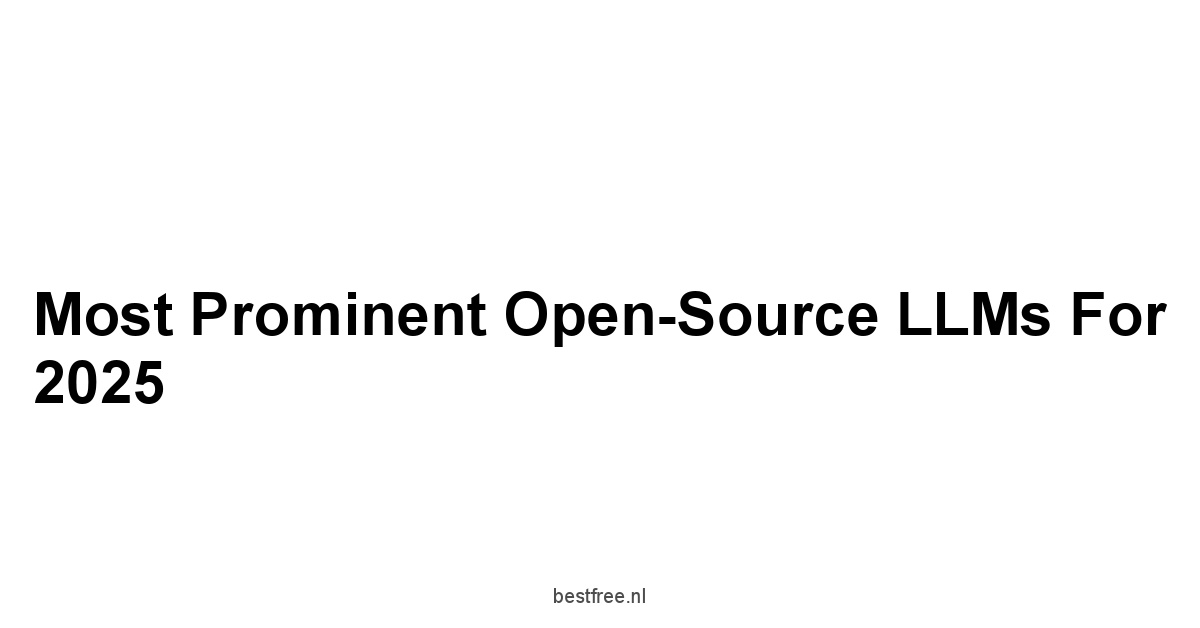
The field is competitive. Developers choose models not just for size but for their effectiveness in meeting specific needs.
Highlighted models include Llama 3.1 by Meta, BERT by Google, and Falcon 180B. Each shows exceptional capabilities and applications. Analyzing their features reveals distinct advantages that define their usability in AI tasks.
Llama 3.1: Meta’s Flagship Model
Released July 23, 2024, Llama 3.1 is the peak of Meta’s progress in natural language processing.
Its adaptability and high performance make it essential across industries.
The model boasts an impressive token context length of 128,000. This fosters deeper conversations and nuanced understanding, often outshining competitors in complex dialogues.
Key Attributes:
- Language Support: Supports eight languages.
- Performance Benchmarks: Efficient in handling complex queries and large datasets.
- Application Scenarios: Ideal for projects needing extensive text comprehension, content generation, and multilingual support.
BERT: The Contextual Understanding Giant
Launched by Google in 2018, BERT established a strong foundation for understanding human language nuances.
Its bidirectional training grasp context from preceding and following words, enhancing performance in textual inference and completion.
Two Versions:
- BERT-Base: 12 layers, 110 million parameters.
- BERT-Large: 24 layers, 340 million parameters.
BERT excels in sentiment analysis and question-answering systems, invaluable for businesses seeking customer feedback and user interaction.
Falcon 180B: The Massive Powerhouse
Its capabilities extend to reasoning and coding tasks. It excels in complex language applications.
Features of Falcon 180B:
- Benchmarks: Outperforms competitors like Llama 2 in logical reasoning and coding.
- Versatility: Suitable for academic research, software development, and large-scale content creation.
- Commercial Viability: Supports commercial and research use, enhancing its appeal to education and industry.
Also read: best free ai code generation software in 2025
Emerging Trends in LLM Development
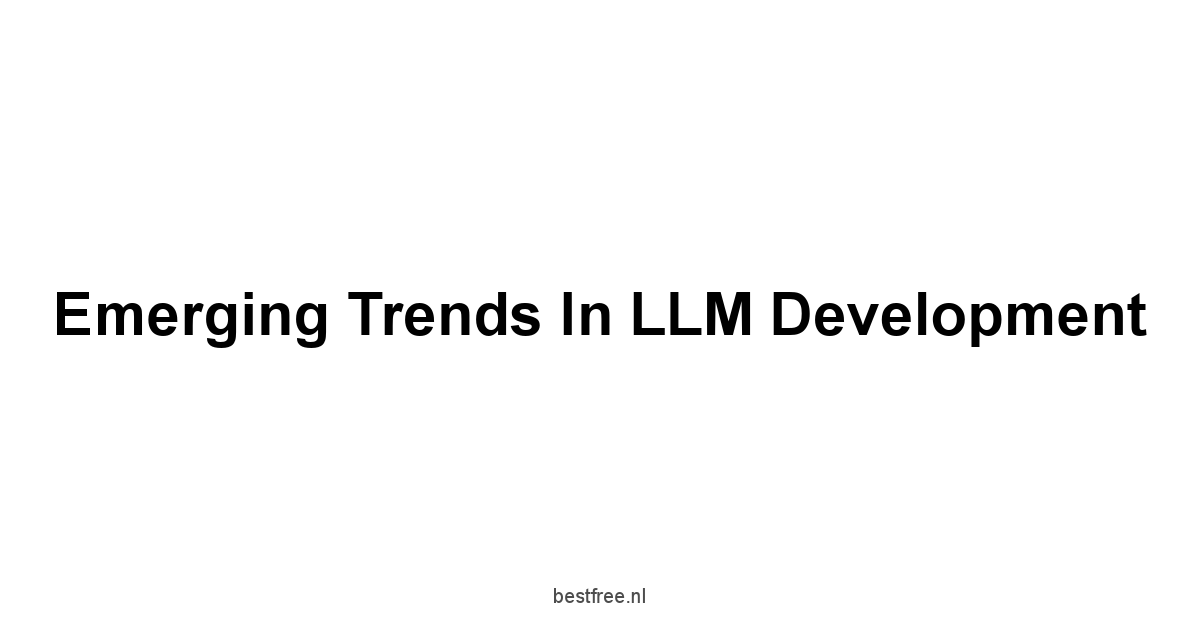
The field of LLM development evolves quickly. Technology and society drive this change.
In 2025, key trends shape these models. They reflect a move to flexible, efficient, and ethical AI.
Trends include modularity, energy efficiency, and ethical practices.
Shift Towards Modularity and Customization
Demand for modularity in LLMs grows.
Organizations want tailored solutions without redesigning infrastructure.
This approach lets users upgrade components as technology improves, creating an agile environment.
- Benefits of Modularity:
- Rapid adaptation to technological changes.
- Reduces downtime and disruptions.
- Encourages continuous improvement through updates.
Emphasis on Energy Efficiency
Sustainability matters in tech development.
Energy efficiency in LLMs reduces costs and shows commitment to responsible AI.
Models operate using fewer resources, tackling energy consumption and environmental concerns.
Recent statistics show that energy-efficient training cuts operational costs by up to 75% without losing performance.
- Notable Models:
- Mixtral 8x22B: Engages only 39 billion active parameters at peak performance. A lean model focused on environmental responsibility.
- Training Cost Analysis: An energy-efficient model significantly lowers carbon footprint compared to traditional models.
Increasing Focus on Ethical AI Practices
As AI grows, ethics become crucial.
Developers prioritize transparency, accountability, and inclusion.
Responsible AI development is a key differentiator among LLMs in 2025.
- Ethical AI Practices:
- Clear guidelines for model use.
- Fairness and bias mitigation strategies.
- Diverse representation in training datasets to enhance robustness.
Recent surveys show that 78% of organizations implementing AI prioritize ethics in development, reflecting a shift in industry thinking.
Also read: best free ai governance tools in 2025 2
Practical Applications of Free LLMs
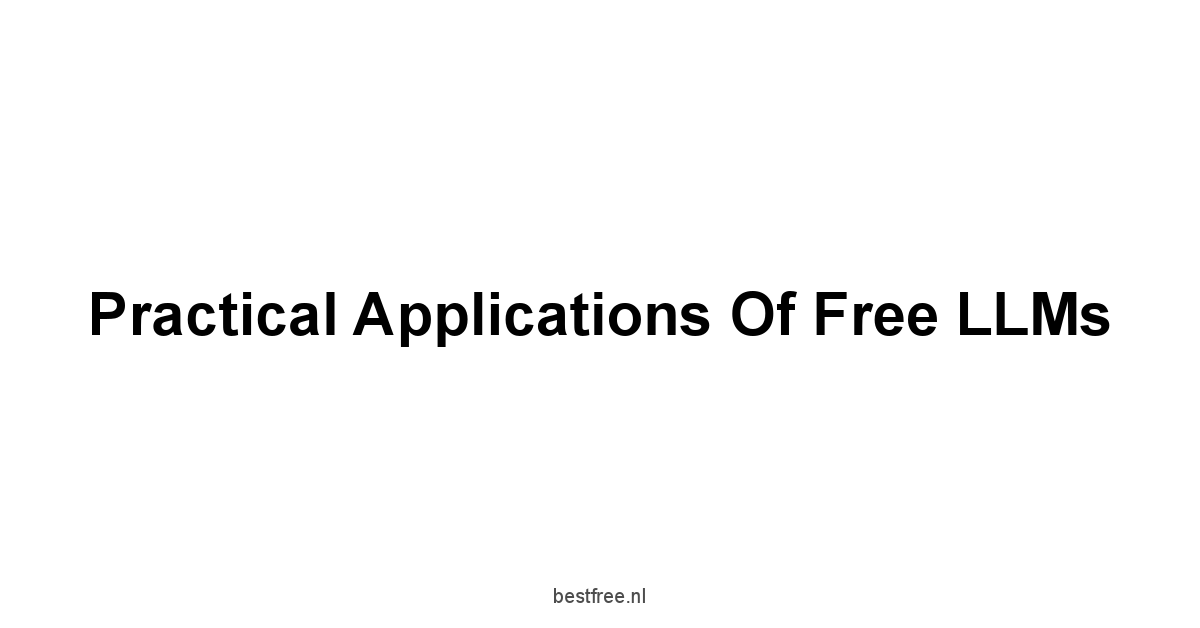
The applications of free LLMs are vast and increasingly valuable across industries.
Their evolution is changing how businesses engage with customers, process information, and solve complex language tasks.
Free LLMs democratize access to powerful AI, enabling smaller businesses and startups to use advanced technology without high costs.
Enhanced Text Generation Capabilities
The ability to generate human-like text shines in modern LLMs.
Tools like GPT-J and Vicuna 13-B show how free LLMs provide sophisticated text outputs for various uses.
- Applications:
- Content Creation: Blogs, articles, marketing copy.
- Creative Writing: Assisting with stories or novels.
- Technical Documentation: Automatically generating manuals or guides.
Advancements in BERT and Llama improve context recognition, making text generation coherent and contextually fitting.
Revolutionizing Customer Support with Conversational Agents
Conversational agents powered by LLMs are changing customer support by offering real-time responses with minimal human help.
This enhances user experience, leading to greater customer satisfaction and lower operational costs.
- Key Features:
- 24/7 Availability: Constant access to support without delays.
- Personalization: Tailored interactions based on user history and preferences.
- Scalability: Handling thousands of inquiries at once, easing pressure on human agents.
Data shows businesses using AI support tools report a 30% decrease in response time and a 50% reduction in support staff workload.
Advancements in Text Summarization and Classification
LLMs excel in text summarization—compressing large amounts of information into digestible summaries.
This is crucial for industries that need quick access to critical information, like finance, law, and academia.
- News Aggregation: Summarizing important news articles for quicker understanding.
- Legal Documentation: Extracting essential details from vast texts.
- Research Papers: Helping researchers summarize findings and literature reviews.
Reports indicate LLMs can summarize texts with over 80% accuracy in retaining context, significantly reducing human workload and streamlining content-heavy processes.
Also read: 7 best free screen recording software
Comparative Analysis of Development Communities
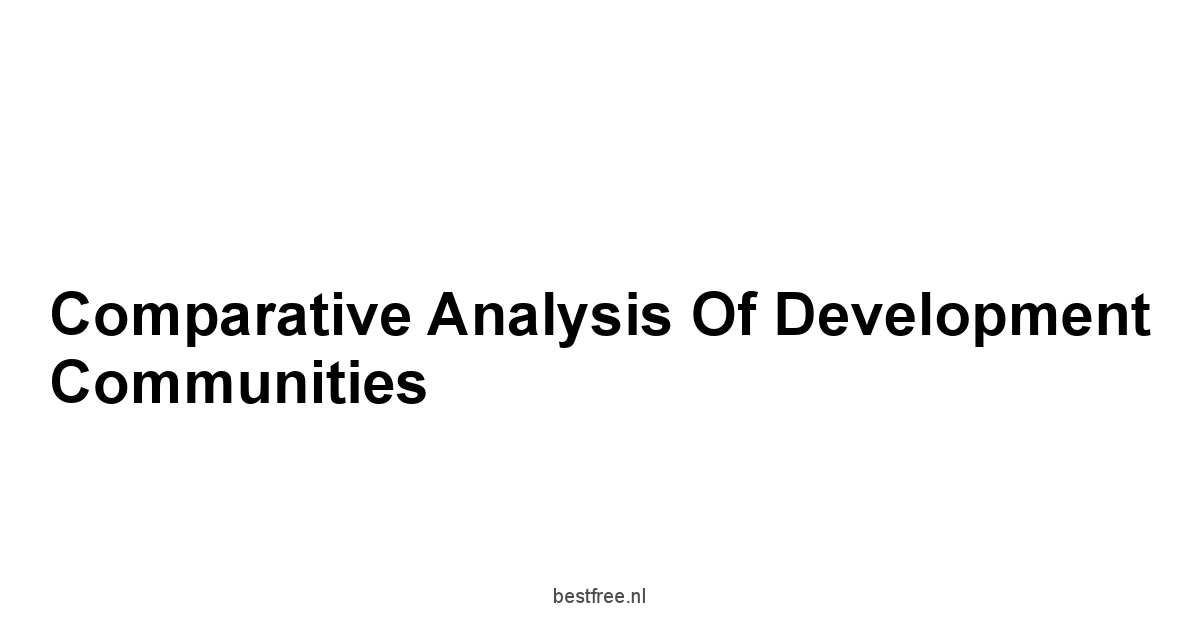
The success of open-source LLMs comes from the development communities that nurture them.
These communities foster collaboration, innovation, and shared knowledge, creating an ecosystem for growth.
Key platforms like GitHub and research institutions play pivotal roles in the advancement of LLMs, providing essential resources for developers.
Understanding the dynamics within these communities shows their influence on the development of language models.
GitHub: The Hub for Open-Source Collaboration
GitHub is the leading platform for collaboration.
Here, developers contribute code, report issues, and share solutions.
The increasing number of repositories focused on LLMs highlights active participation and ongoing learning within the community.
- Statistics:
- Over 5000 active repositories focused on language models in 2025.
- Community Engagement: 75% of developers report greater productivity through collaboration.
Benefits of GitHub for LLM Development:
- Centralized platform for sharing code and documentation.
- Facilitates collaboration across borders.
- Encourages contributions from diverse developers, enhancing model capabilities.
The Role of Research Institutions in LLM Progress
Research institutions are vital in expanding what LLMs can achieve.
By focusing on theory and practical applications, they contribute to the knowledge needed to improve LLM performance.
- Key Contributions:
- Publishing research papers that set benchmarks for LLM capabilities.
- Developing technologies like improved training algorithms and novel data preprocessing techniques.
Institutions often partner with industry, translating research into real-world applications and fostering innovation.
Community Support and Resources for Developers
Community support is crucial for developers navigating LLM technology.
Initiatives like open forums, workshops, and learning sessions enhance the development process.
- Resource Availability:
- Comprehensive documentation and tutorials foster learning.
- Collaborations between experienced developers and newcomers encourage knowledge sharing.
- Community support systems promote ongoing education and best practices in language modeling.
Successful forums on Reddit and specialized Discord channels provide continuous dialogue, enhancing understanding and cooperation in developing better LLMs.
Also read: best free salesforce crm document generation software
Licensing and Usage Considerations
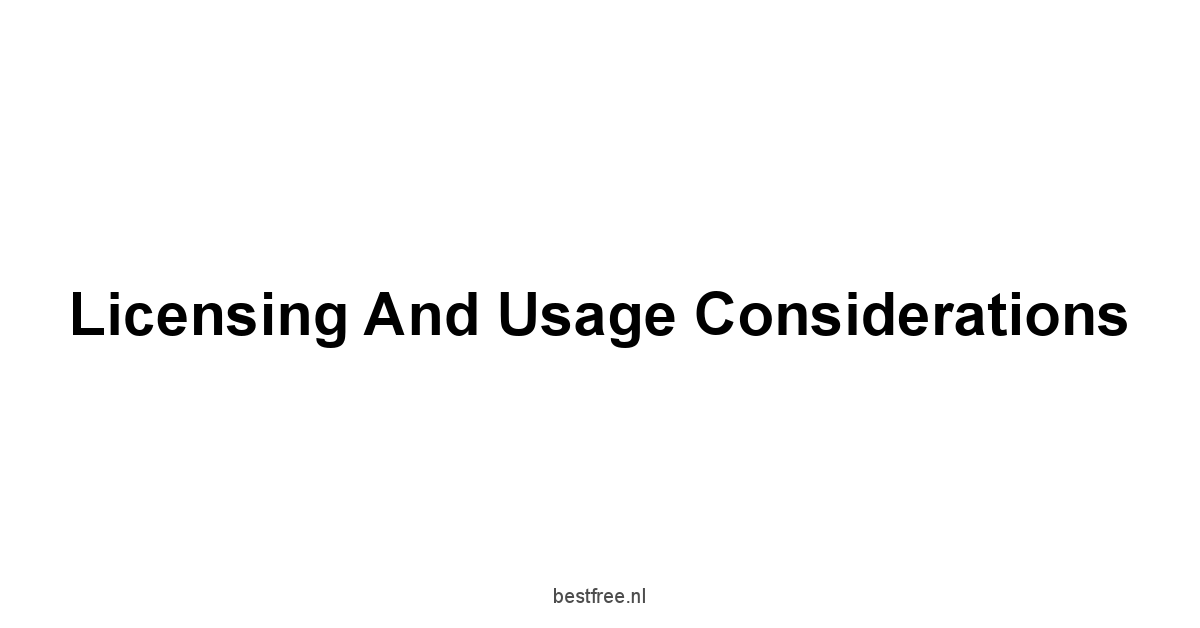
For LLM use, understanding licensing and usage regulations is critical.
Different models have varied conditions for access and deployment, affecting how businesses incorporate these technologies.
Understanding Open-Source vs. Proprietary Licenses
Distinct lines separate open-source and proprietary licenses.
Open-source LLMs let users view, modify, and share code freely, fostering collaboration and growth.
Proprietary models, however, impose limits. Access and modifications are confined to the license holder.
Notable Licensing Features:
- Open-source licenses: MIT and GPL licenses promote inclusivity and community improvement.
- Proprietary licenses: Limit user rights, often requiring fees and restricting modifications or redistribution.
Understanding these licenses shapes how developers and businesses implement LLMs, influencing cost, customization, and future scalability.
Commercial Use of Open-Source LLMs
Open-source LLMs generally welcome free use, but commercial applications create complexities that require careful attention.
Organizations must navigate licensing agreements to use models effectively while observing terms.
- Considerations for Commercial Use:
- Review the specific license of the chosen LLM.
- Ensure compliance with attribution and modification limits.
- Evaluate potential legal implications of third-party integrations and data usage.
Businesses using open-source LLMs for profit can find opportunities while lowering costs, making them a strong alternative to proprietary solutions.
Compliance with Data Privacy Regulations
As scrutiny on data privacy increases, compliance with regulations like GDPR and CCPA is vital.
Businesses deploying LLMs must meet legal standards for data processing and user consent.
- Key Compliance Steps:
- Conduct regular audits of data use in LLMs.
- Implement strict data handling measures to protect user information.
- Create processes for users to understand data usage.
Establishing strong privacy measures builds user trust and protects organizations from legal challenges.
Also read: best free asset tracking software in 2025
Future Prospects of Free LLMs
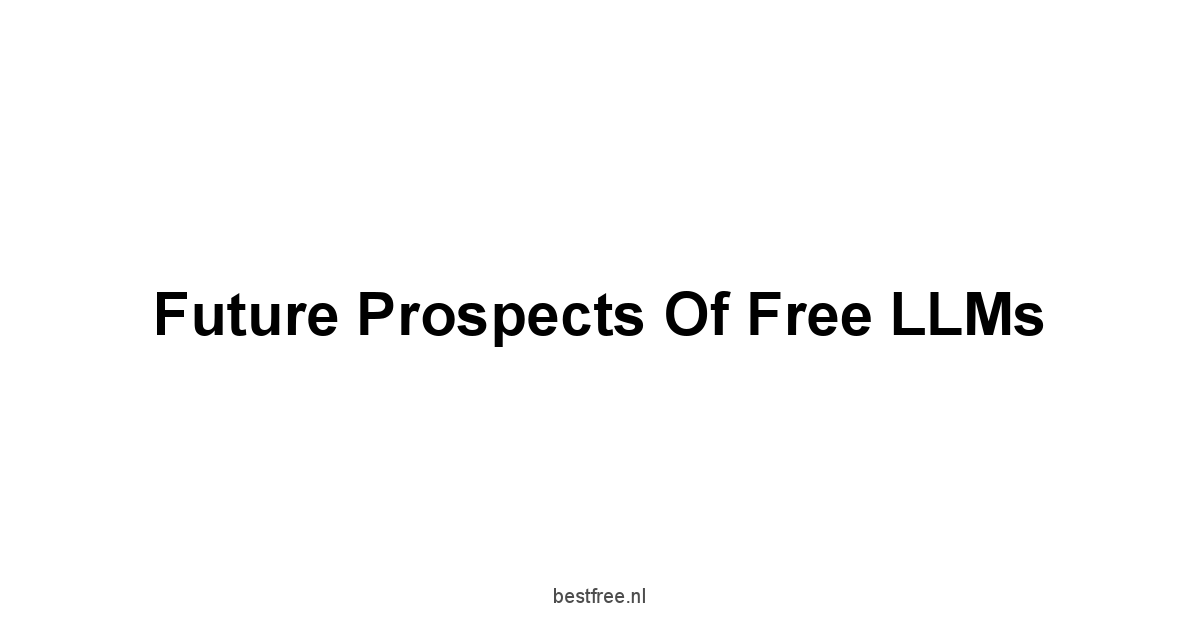
The future for free large language models looks bright.
Innovations are coming, market impacts will be profound, and efforts to build sustainable ecosystems promise growth.
Innovations on the Horizon
Anticipated innovations bring exciting advancements in LLM technology.
Research is focused on efficiency, contextual understanding, and expanding capabilities.
- Future Innovations:
- Enhanced Contextual Awareness: Better understanding of user intent and conversation.
- Hybrid Models: Combining strengths of different models for better results.
- Increased Accessibility: Simple interfaces that draw in non-technical users.
Current research seeks to bridge human language and machine understanding.
Potential Market Impacts and Disruptors
Free LLMs will disrupt industries.
With powerful tools at low cost, businesses can innovate quickly, enabling new challengers to compete with established companies.
- Market Dynamics:
- More competition lowers the cost of AI services.
- AI enters underserved markets, promoting inclusivity.
- Changes in staffing and operations as professionals adapt to AI in workplaces.
Analysts expect that by 2026, free LLMs could drive a 40% increase in AI adoption among small and medium enterprises.
Building a Sustainable Ecosystem for LLMs
Creating a sustainable ecosystem for LLMs requires collaboration among developers, businesses, and regulators.
A focus on responsible practices, support for community efforts, and open dialogue will ensure growth while mitigating risks.
- Sustainability Principles:
- Prioritize ethical AI that values inclusivity and community.
- Invest in research for continued innovation and responsible LLM use.
- Foster diverse participation to enhance model training and improve results.
Also read: 6 beste gratis bestandsherstelsoftware
Final Verdict
The evolution of large language models LLMs by 2025 marks a milestone in artificial intelligence. They showcase features that enhance their capabilities across many fields.
Scalability allows organizations to adapt these models to their needs. They remain effective, regardless of data volume or user interactions.
Bilingual and multilingual support is crucial in today’s global economy. Companies seek communication across diverse markets. Models that handle extensive tokens and multiple languages foster understanding.
Llama 3.1 accommodates up to 128,000 tokens while engaging in eight languages. Such LLMs bridge gaps and enhance collaboration internationally.
User-friendly design and accessibility promise to democratize AI. Developers grasp these technologies easily. Small enterprises can harness sophisticated models without high costs.
Open-source frameworks promote a community approach to AI development. Knowledge sharing and collaboration flourish, turning innovations into applications.
These trends show a commitment to improving technology ethically, focusing on sustainable development and responsible practices.
In the future, free large language models will be vital to business and creativity. They will redefine industries and reshape our interaction with technology.
Organizations preparing for this shift can expect transformation. Innovation and inclusivity will drive benefits across sectors as they embrace these advanced tools.
Also read: 5 beste gratis vpns
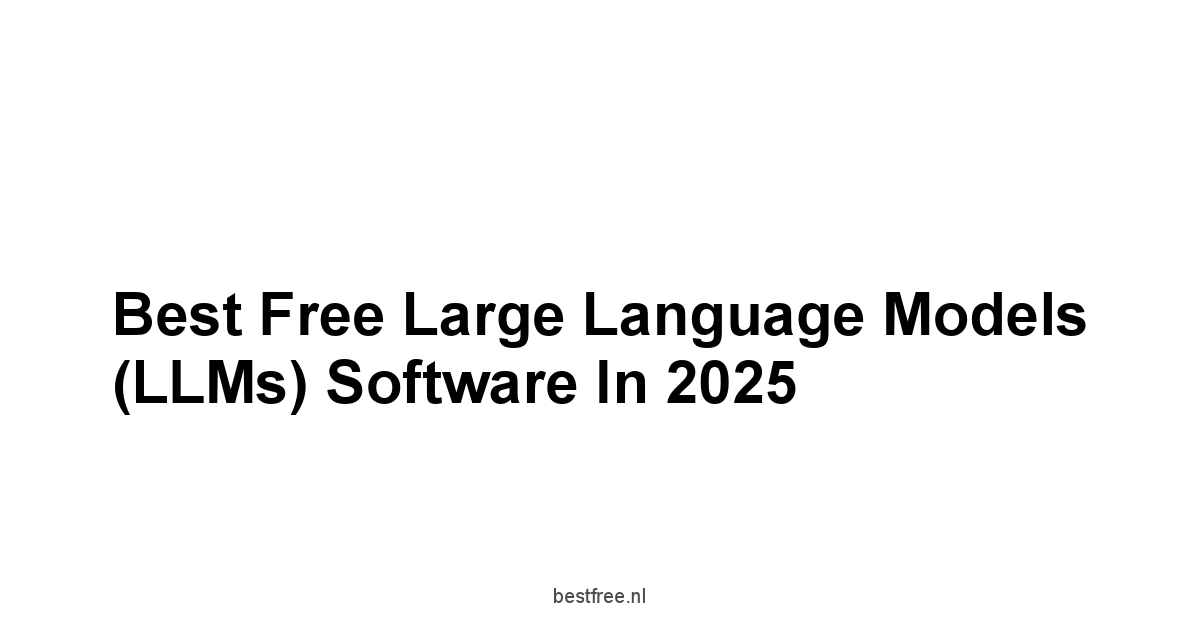




Leave a Reply